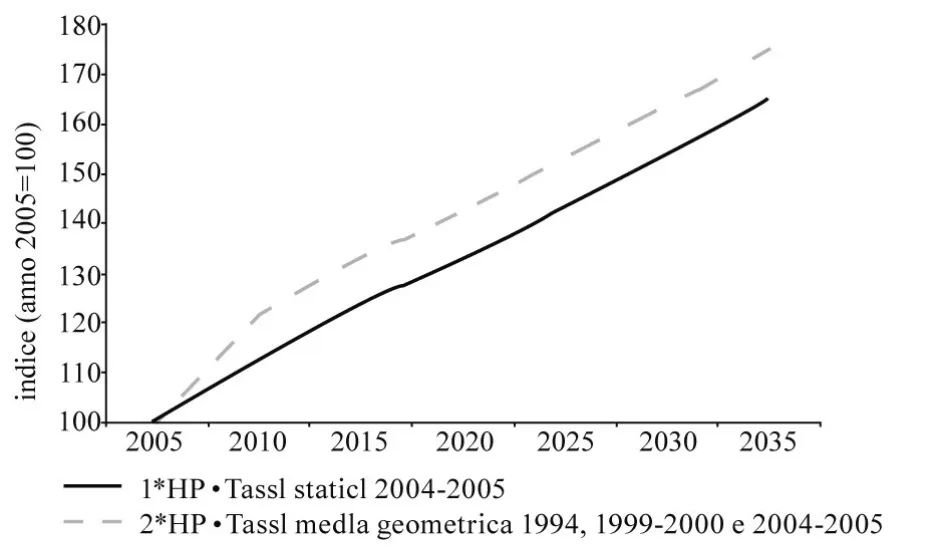专题说明
This special issue presents the Italian approach to planned interventions by the Government and public institutions to counteract disability and handicap.
Analysis of the provisions and laws which have followed on in time highlight the diversity between two types of approach:one that only considers physical or mental disability and one that also takes into consideration,besides these limitations,aspects linked to the social participation and integration of people with disabilities.
A decisive contribution has been brought about by the new International Classification of Functioning,Disability and Health(ICF)which has overcome the old conception of disability as the result of an illness and of a physical and mental impairment for a wider vision which also considers an individual's sociocultural and environmental contexts in order to evaluate the correlation with health conditions and the impact on social inclusion:"......A correct definition of the goal we want to achieve with a rehabilitation project or,also simply with a supply of aids,should consider all the three dimensions person/activity/environment......"
It is this new and more complete vision that determines a substantial change,in Italy,in the way we face the subject of disability.This goes from a vision of a charitable/welfare nature where the supply of an aid is a help(a sort of gift)in itself,to the awareness that science and technology can do much to change and improve the life of people with disabilities and that therefore,for each person,a special rehabilitation project needs to be prepared where an aid becomes one of the means to reach the highest level of autonomy and social integration possible,in relation to the specific capabilities of each person.
In Italy there are 2,600,000 people with disabilities over the age of six that live in the family home(2004 data),this is equal to 4.8%of the Italian population.
Disability is a problem that especially affects the elderly,in fact,almost half of those with disabilities,1,200,000,is over eighty years old.
The loss of functional autonomy increases with the advancement of age when chronic-degenerative pathologies of a disabling nature combine with the normal processes of aging.In fact,80%of people with disabilities are older than 65,and in this same age group the number of disabled people reaches 18.7%.Decidedly higher is the percentage after 80 years of age when 44%of the population no longer has functional autonomy.
With regards to types of disability,about 700,000 people over the age of 6 present difficulties in movement,or motor limitations,equal to 1.3%of the entire Italian population over 6 years old and there are about 376,000 people over the age of six who have difficulty in carrying out normal daily functions,a number equal to 0.7%.
An important question is the one regarding the number and percentage of disabled people in the future.Disability is a condition strictly linked to aging and this knowledge renders mostly foreseeable the evolution of future disability levels.An estimation of the evolution of disability levels in the Italian population can provide useful indications for the planning of policies directed at this segment of the population and allows us to evaluate,with reasonable reliability,the impact in terms of future economic sustainability.
Another element worthy of attention is the ever increasing efficiency in the lifesaving interventions that fortunately ensure the survival of more and more people after clinical events or accidents,even very serious accidents.
An estimation has been made for the years from 2005 to 2035.

The projection in the number of people with disabilities has been made based on two hypotheses:
·the first assumes that disability rates will not change and will remain the same as the last year observed(2005);
·the second takes into consideration the trend observed over the last ten yearsbetween 1994 and 2005.
In the first scenario it is estimated that the number of disabled people in 2035 will have increased by 65 percent.
In the second scenario the increase in the number of disabled people will be equal to 75 percent.
In front of these demographic projections which indicate disabilities as becoming an ever more important social problem,technological advances make possible,and therefore only politically right,a quality jump in the ability to face the present and also the potential problem.For this reason institutions—Government,Parliament,Regions,Provinces and Local Municipalities,the European Union—have had to carry out an important political and cultural investment to plan efficient ways of overcoming disabilities:a strategy consistent with ensuring that the goal of an"independent life"and the overcoming of all"barriers"becomes one of the country's priorities.
The progress made in the last twenty years in policies for the disabled with the aim of inclusion of the disabled are evident.The law framework 104 from 1992,the New Rehabilitation Guidelines of 1998;Law 69 from 1999 for the insertion of disabled people in the workplace,place Italy,in many aspects,at the forefront of European countries with regards to policies for the disabled.In 2003 Italy received the prestigious"Eleanor and Franklin Delano Roosevelt Disability Award"for the policies implemented in favour of the disabled and our country was cited as an example to other countries in the realisation of integration policies for the adopted laws.
We are aware that there are still a few gaps and the implementation of everything prescribed by legislative provisions is slow,but the experience of these latter years has shown us that the path undertaken is the right one and is bringing ever more positive results.
In the following articles we will present the basic aspects of our legislative regulations and the norms that allow us to pass from a vision purely of help to a vision of a rehabilitative nature,where politics come in with regards to the provision of aids.
Aids are one of the means,without doubt among the most important and efficient,to achieve expected results and in many cases aids are certainly as equally as important as drugs or recovery exercises within a clinical environment in the carrying out of the rehabilitation project.For this reason,medical science and technology need to integrate with each other.

